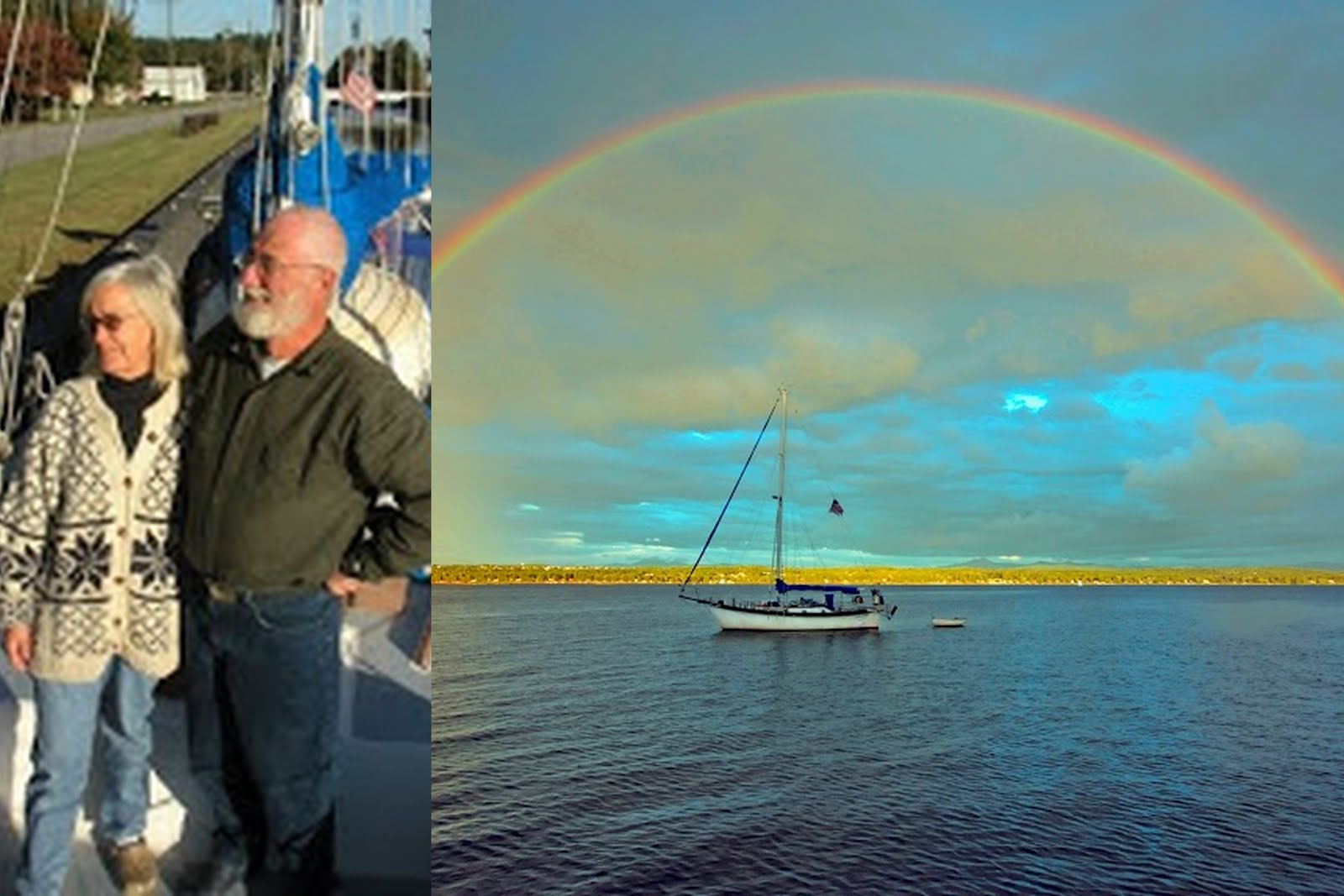Well the big bad weather front that passed us last night turned out to be a non event. The wind blew like crazy all day long from the south. That hit Tarwathie on the side hard enough that Libby had to free the gimbals on the stove to keep supper from sliding off the top. When we are at anchor, the wind is always from the front; never from the side for very long. We're not used to that.
We feared lightning, and tornadoes. The front looked very ugly on the Doppler Radar. But when it passed, the wind shifted from 30 S to 40 W and it rained, nothing more.
More dramatic was when I went ashore this morning. The water levels had dropped three feet. Other times since staying here we've seen the levels rise three feet. So I guess the variations are six feet or more. For a place with essentially zero tide, that's remarkable. 10 hours later it had recovered one foot.
Presumably, when I was seeing -3 foot levels here in New Bern, the water levels up by Elizabeth City were +3 feet.

The technical term for that is a seiche wave. A wave enclosed by a bounded perimeter. The longest natural period for a seiche in an enclosed rectangular body of water is usually represented by Merian's formula:
 where T is the period, L is the length, h is the depth, and g is the gravitational constant. Consider Pamlico Sound plus the Neuse River as a rectangle (it is far from that shape but I don't have the formula for any other shapes.) That gives a seiche wave period of about 6 miles. What does that mean? I don't know, it doesn't seem to relate to anything I see. Below is a plot of a big seiche on Lake Erie. That's pretty dramatic with a 14 foot difference between Buffalo and Toledo.
where T is the period, L is the length, h is the depth, and g is the gravitational constant. Consider Pamlico Sound plus the Neuse River as a rectangle (it is far from that shape but I don't have the formula for any other shapes.) That gives a seiche wave period of about 6 miles. What does that mean? I don't know, it doesn't seem to relate to anything I see. Below is a plot of a big seiche on Lake Erie. That's pretty dramatic with a 14 foot difference between Buffalo and Toledo.






No comments:
Post a Comment
Type your comments here.
Note: Only a member of this blog may post a comment.